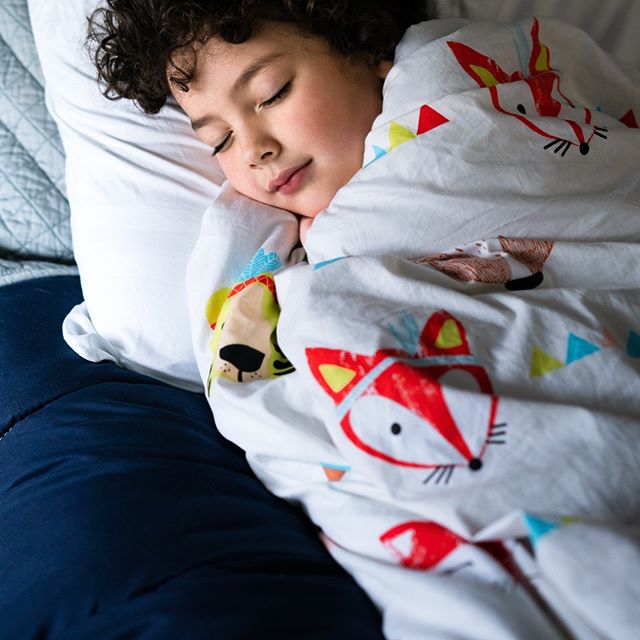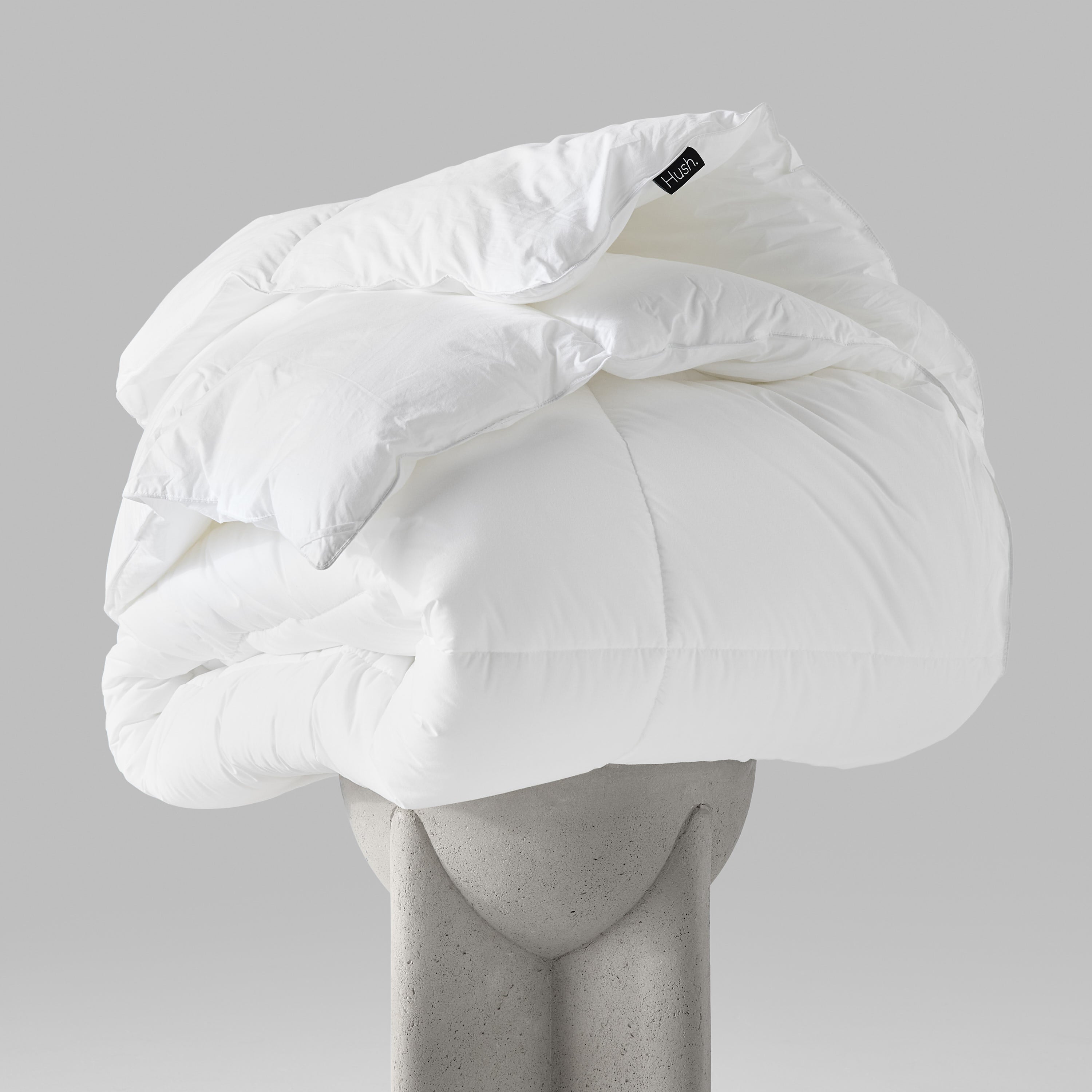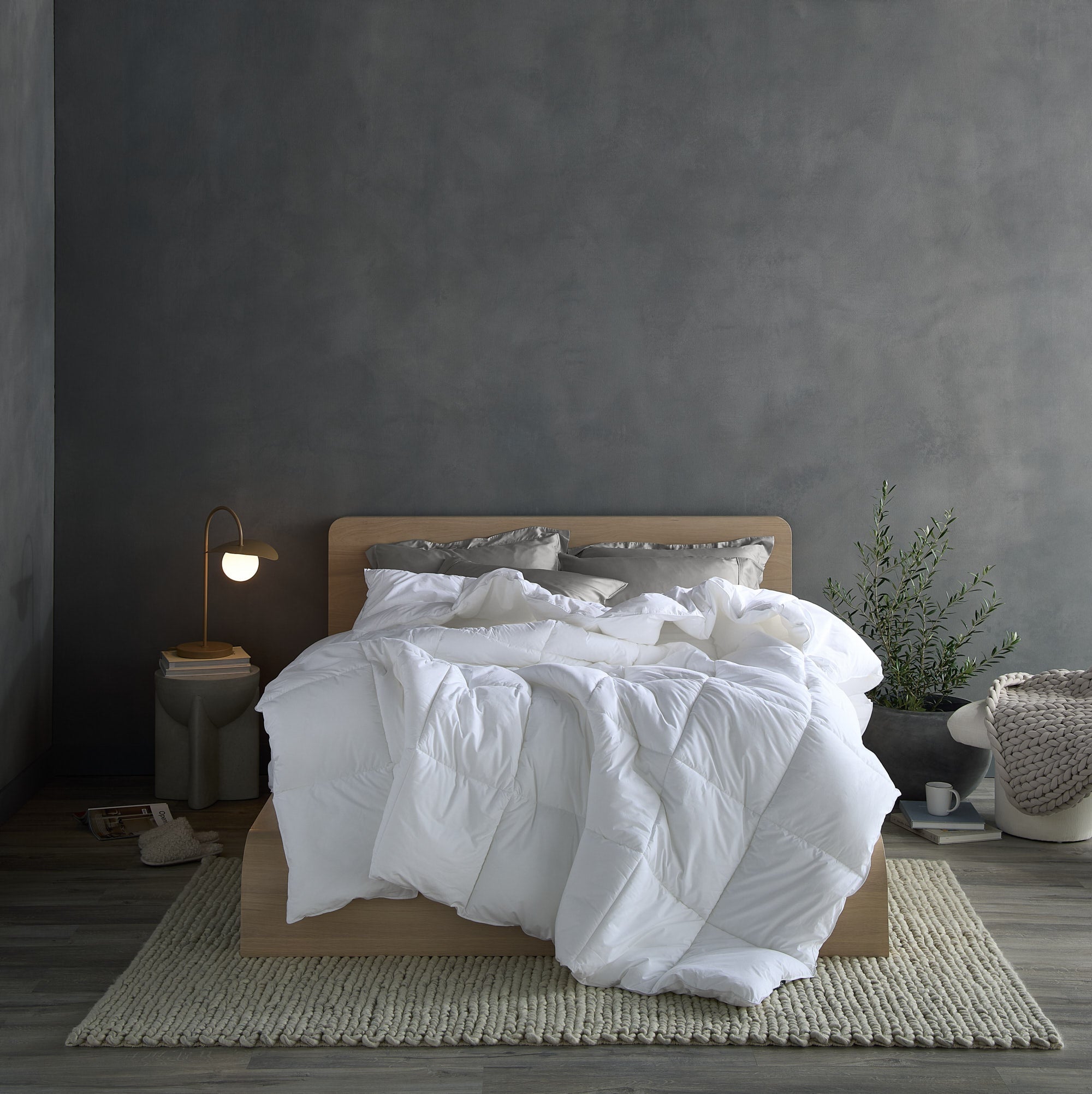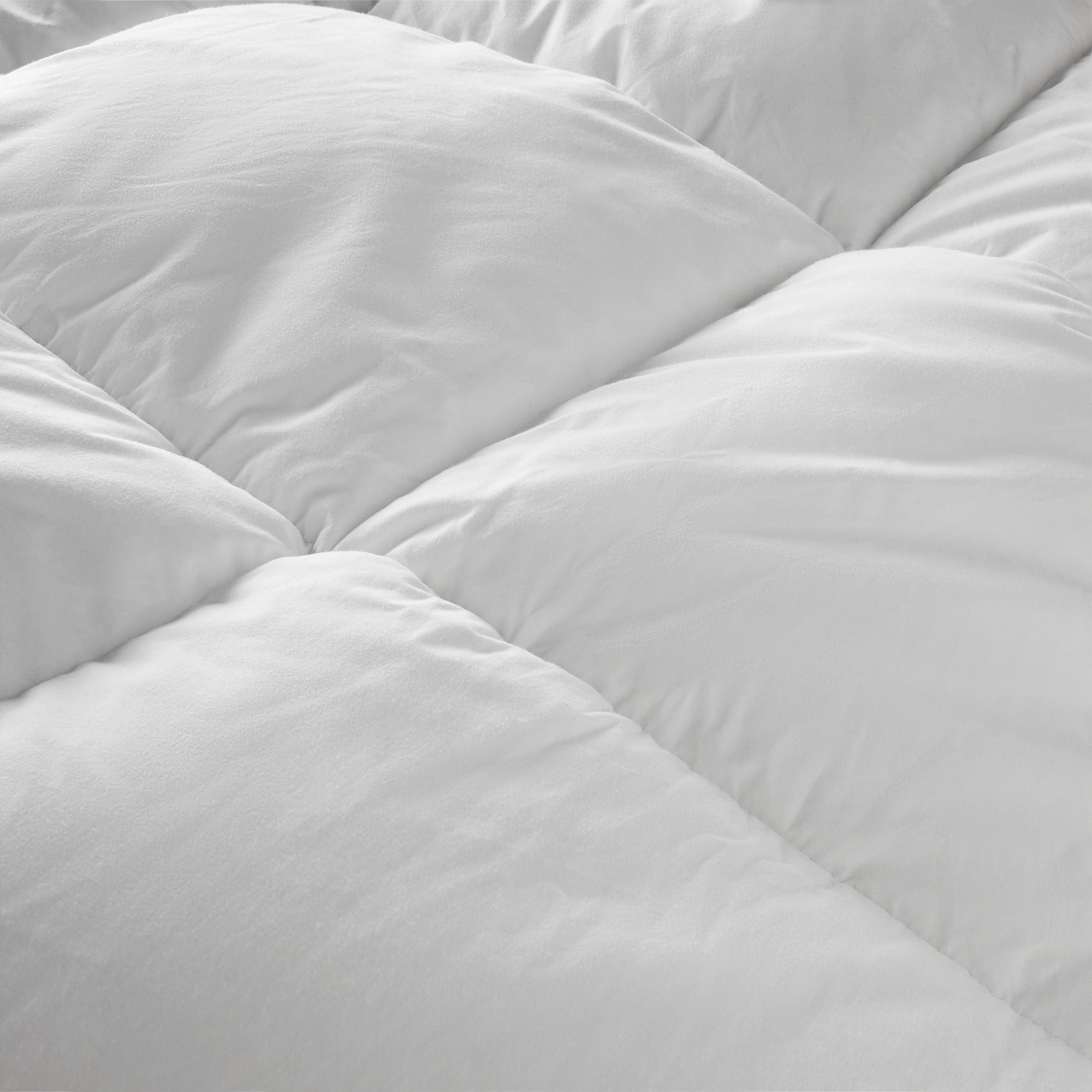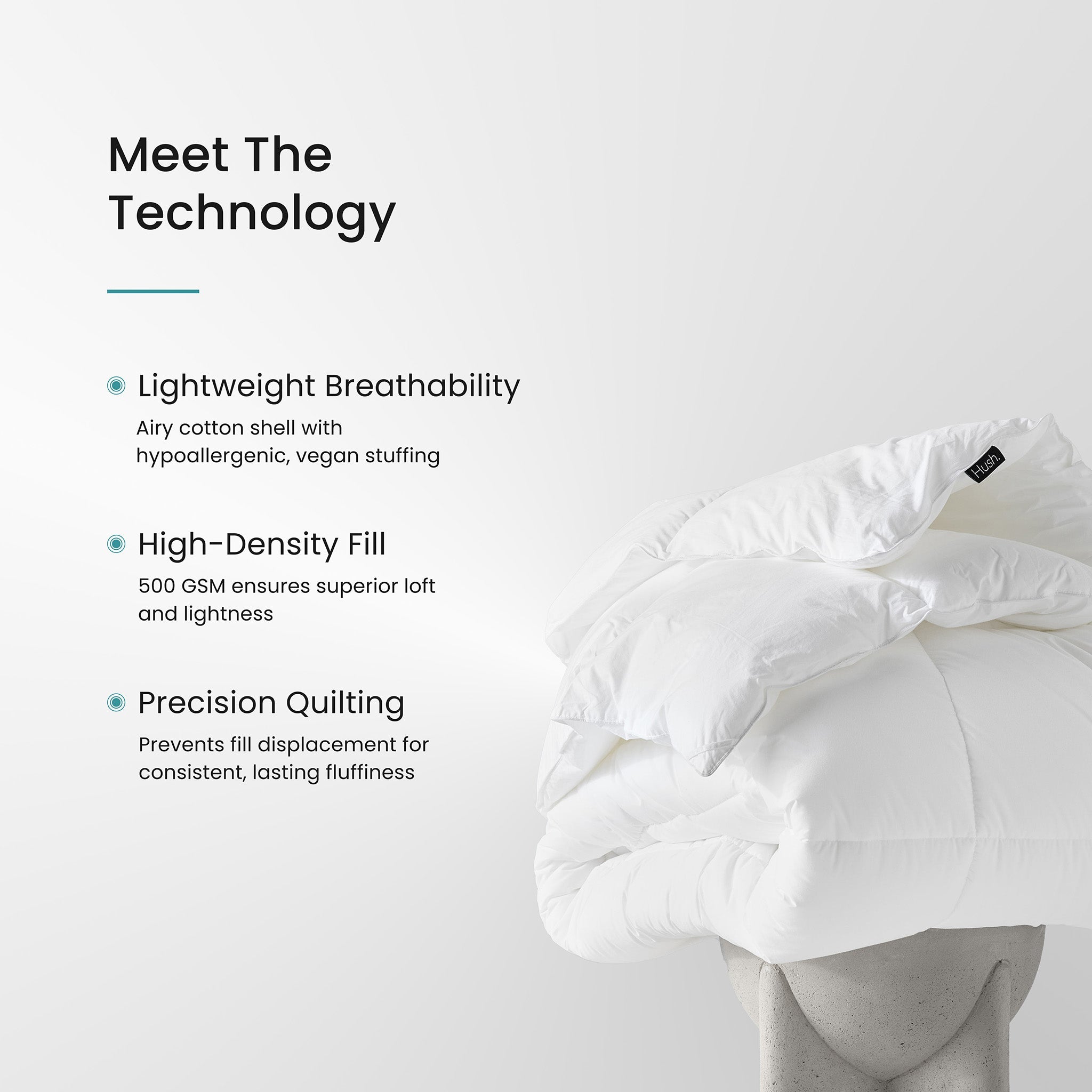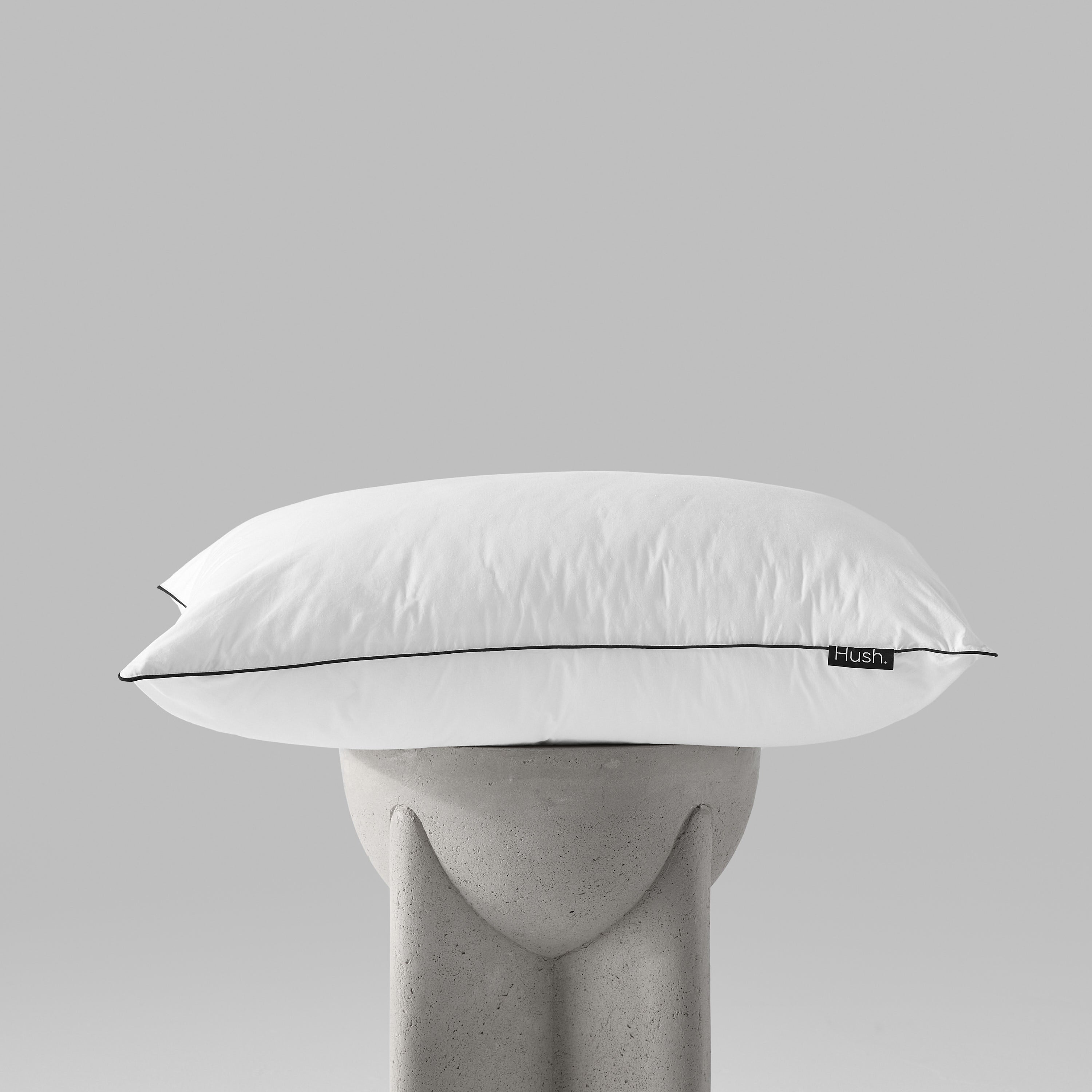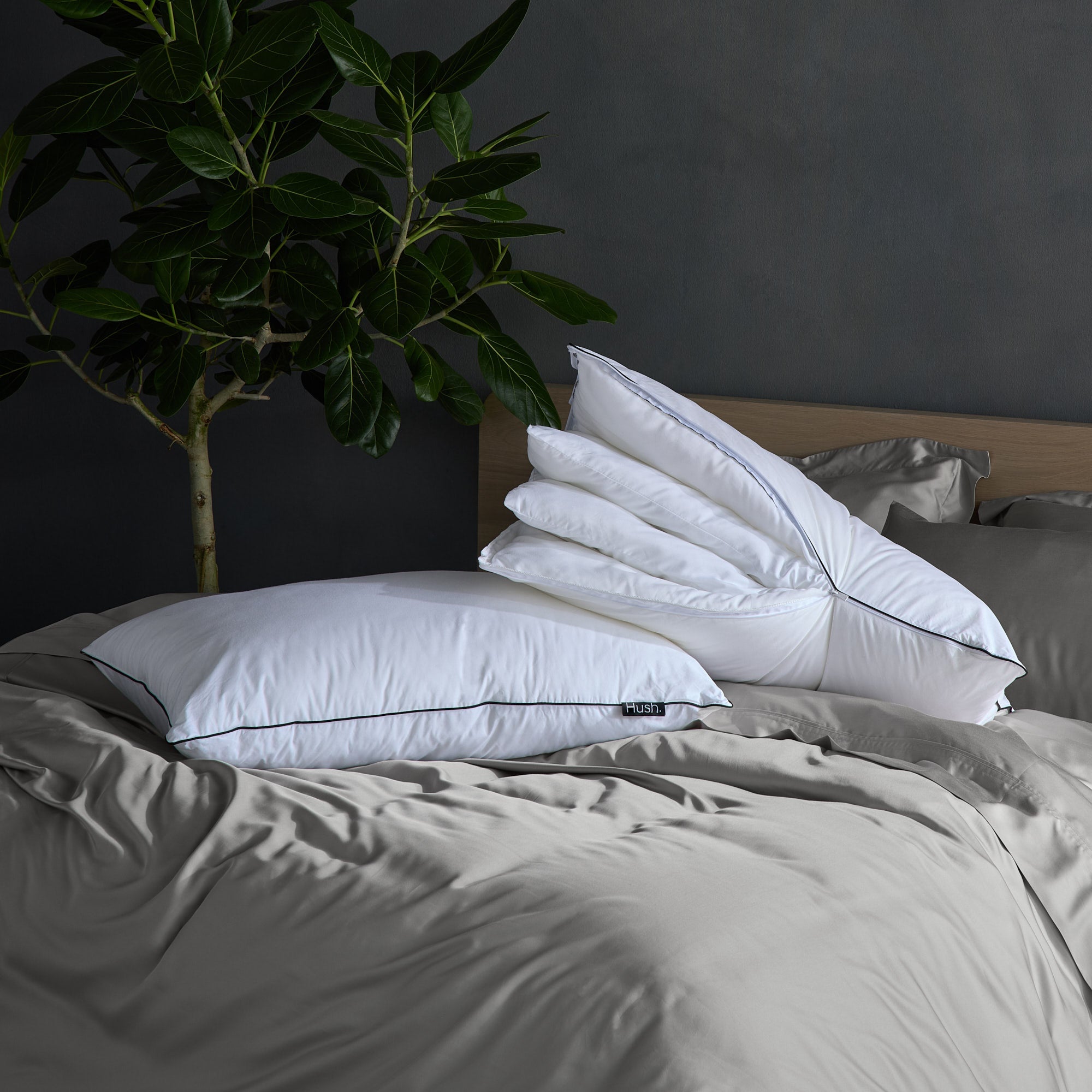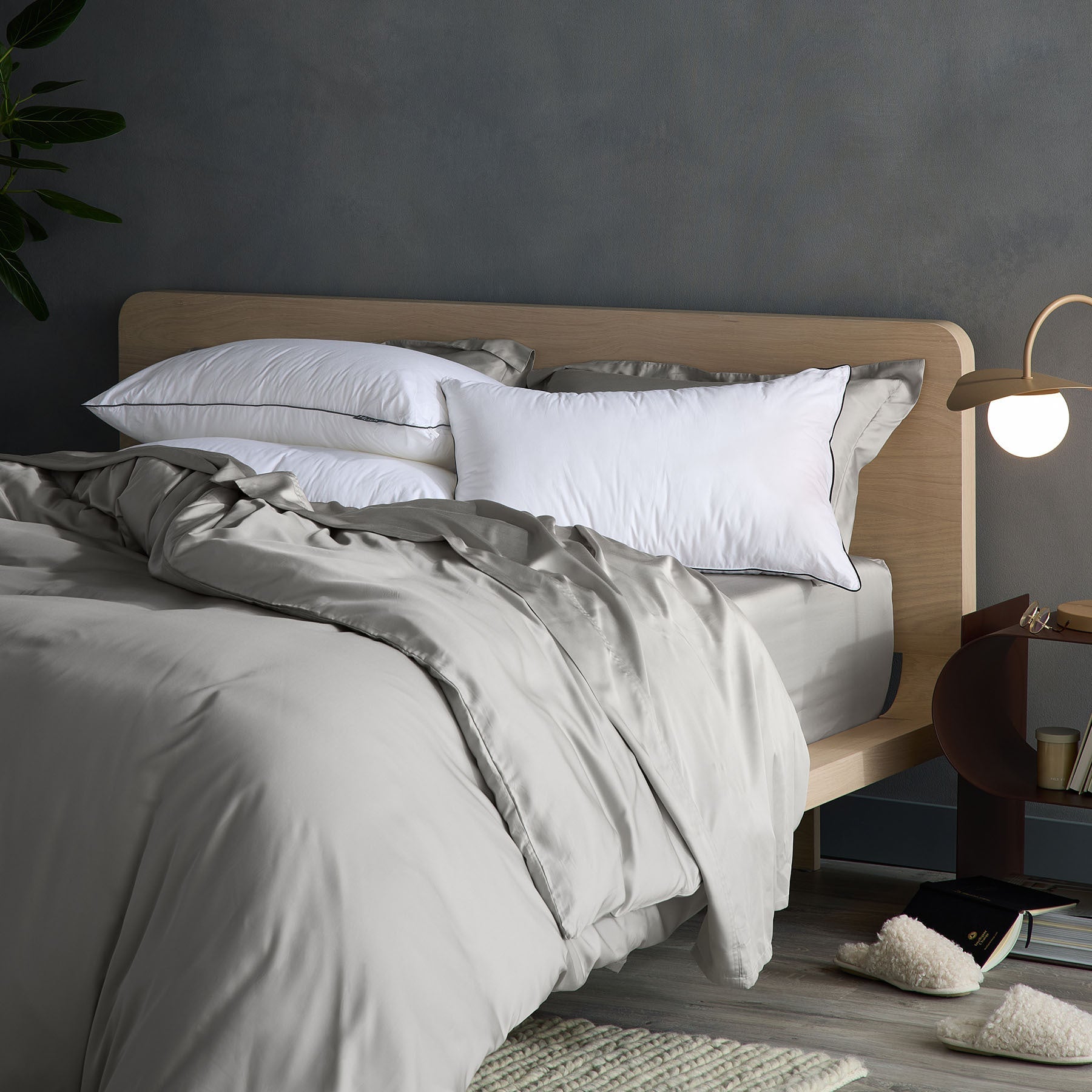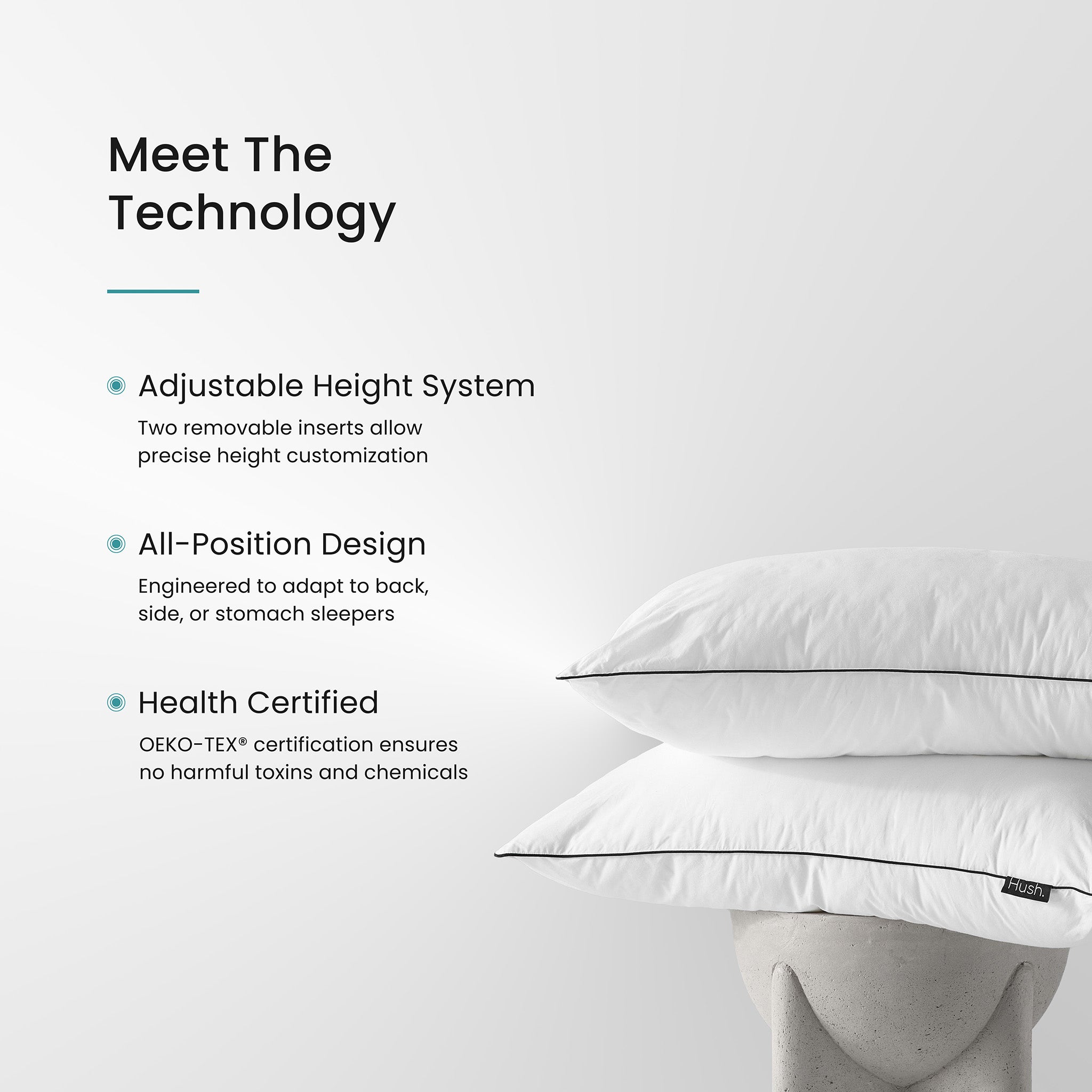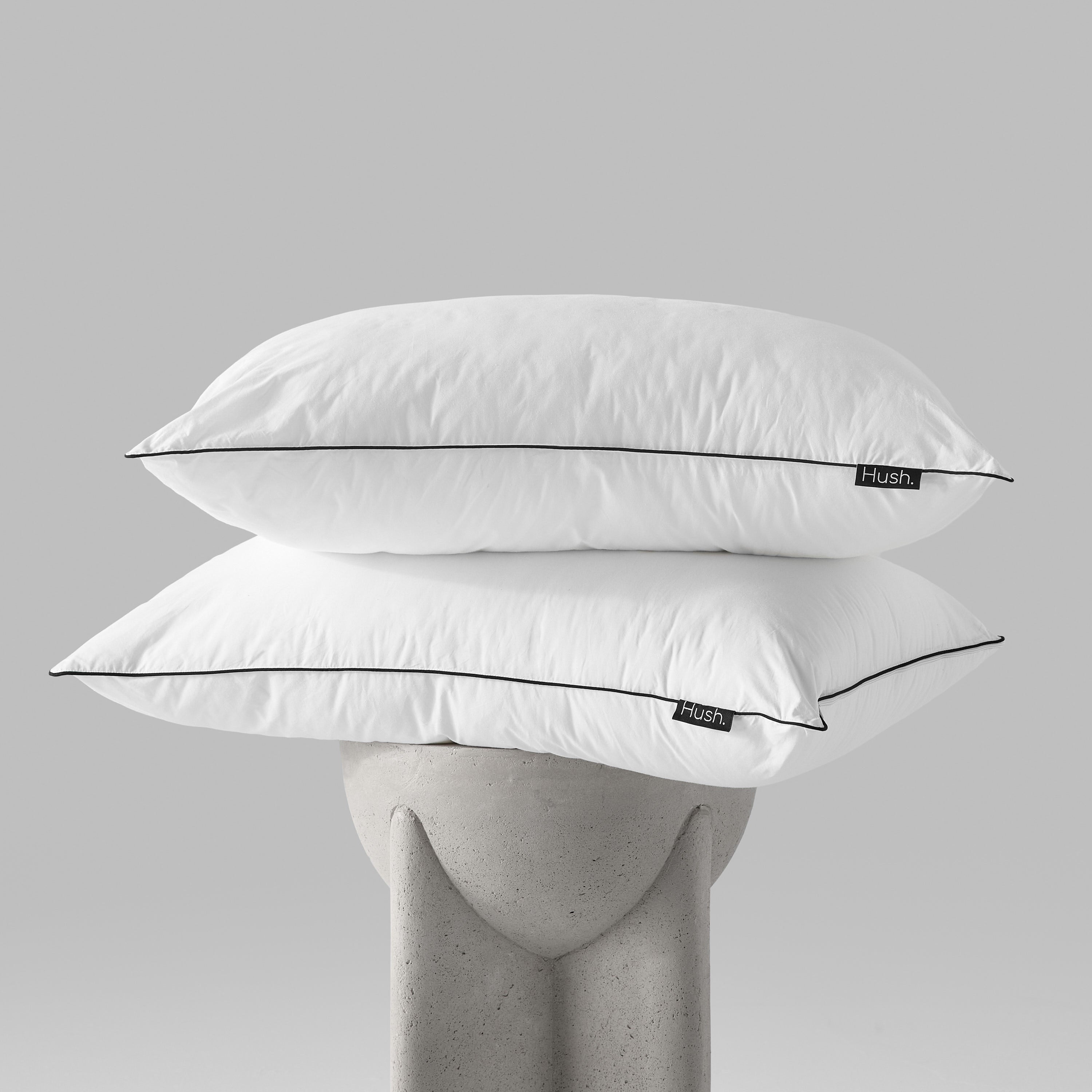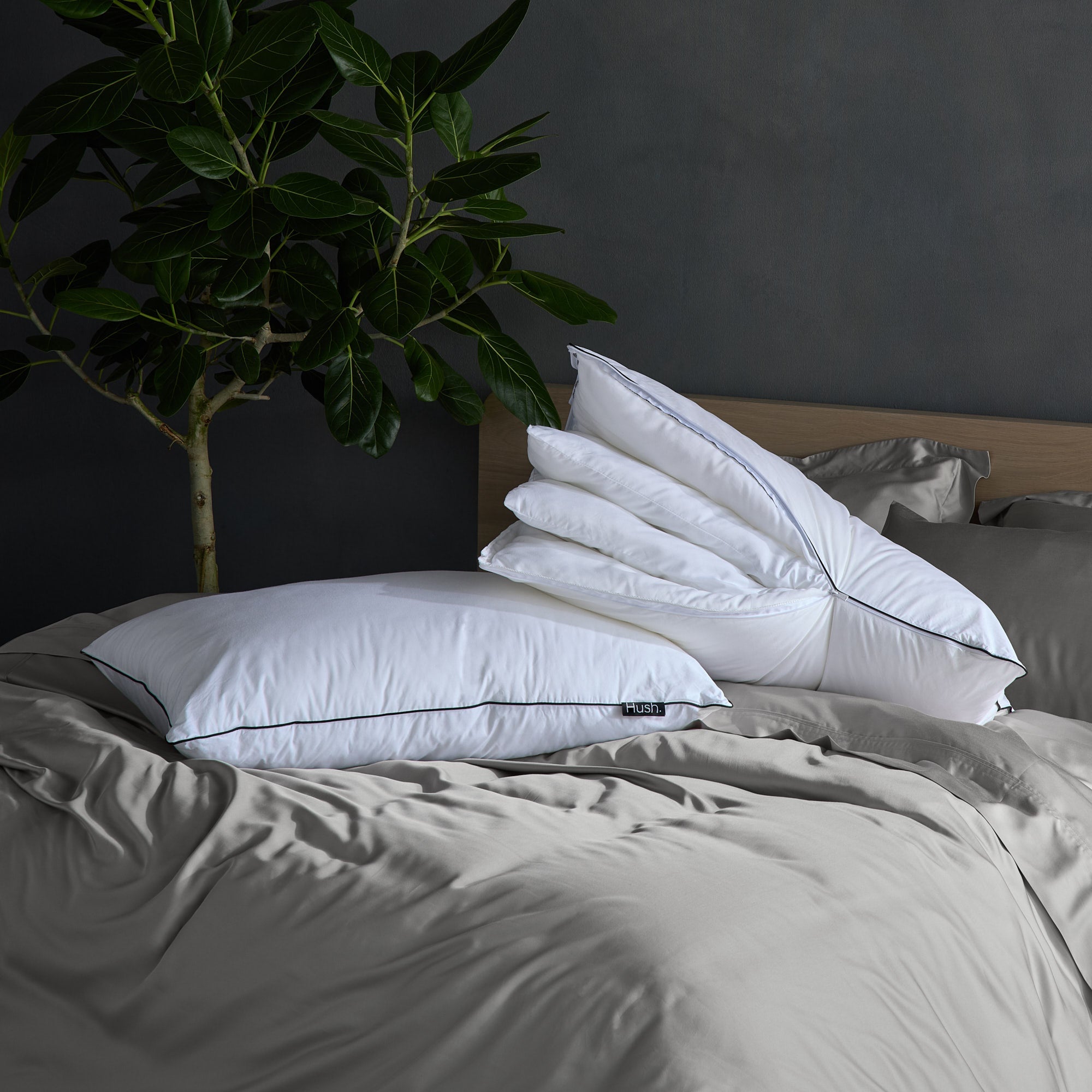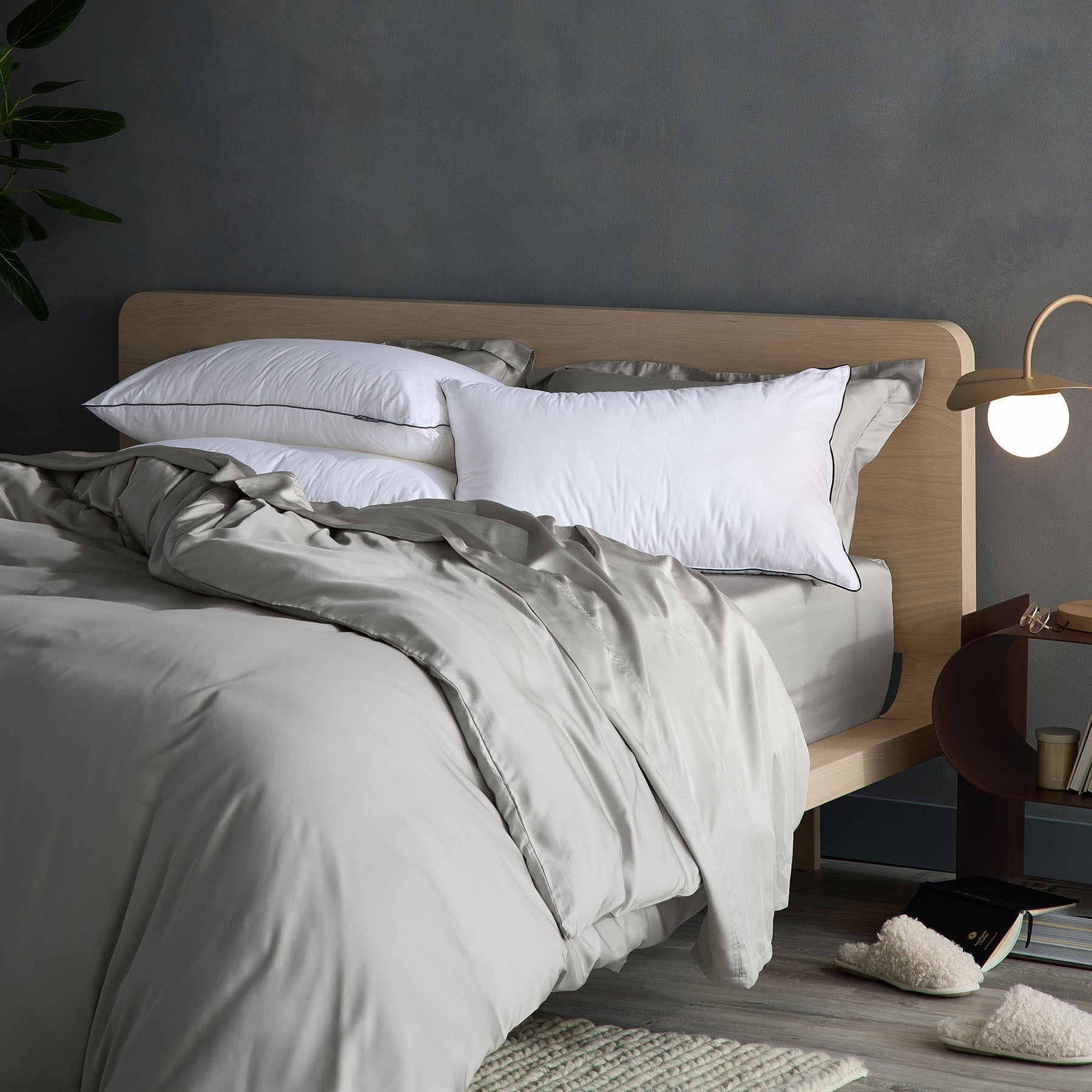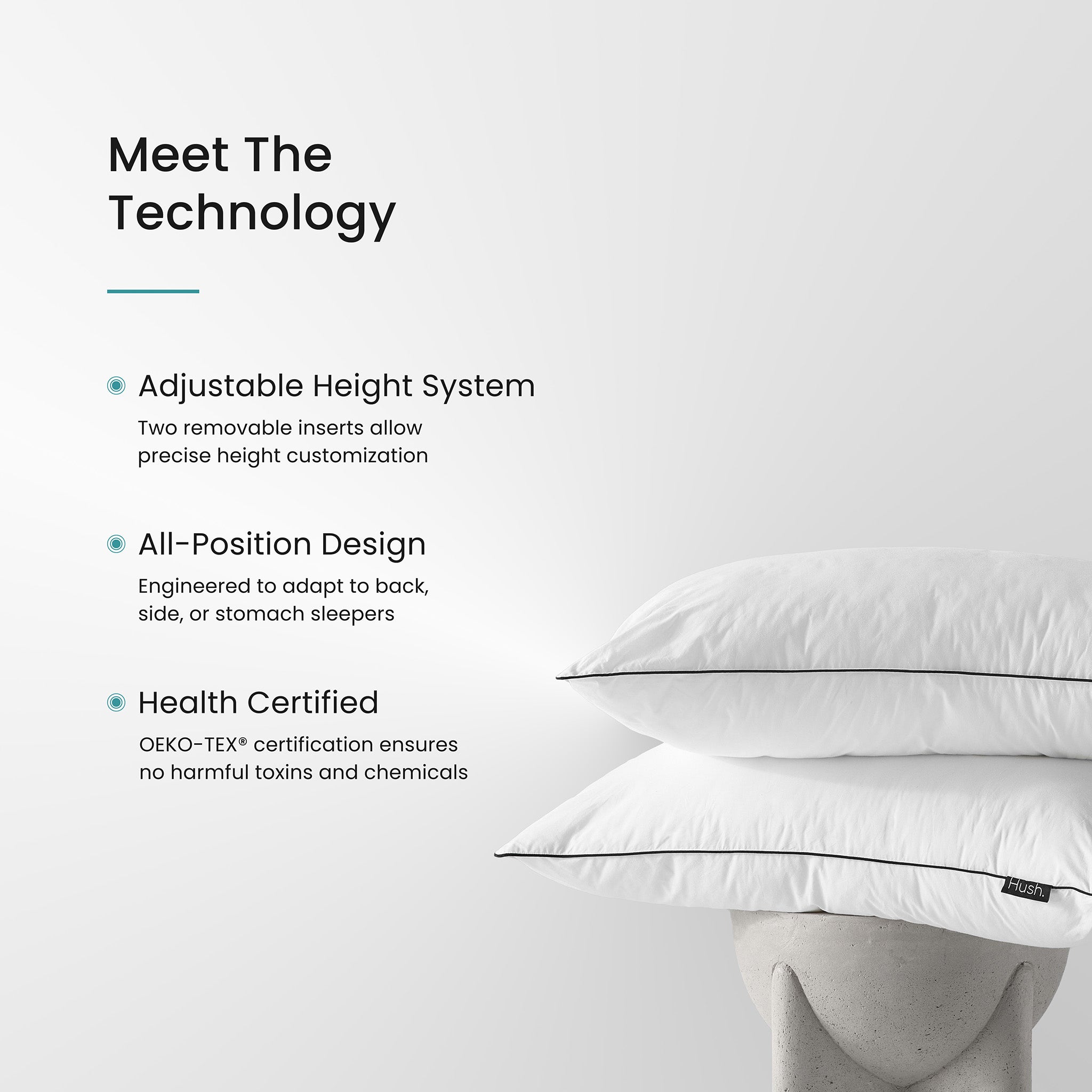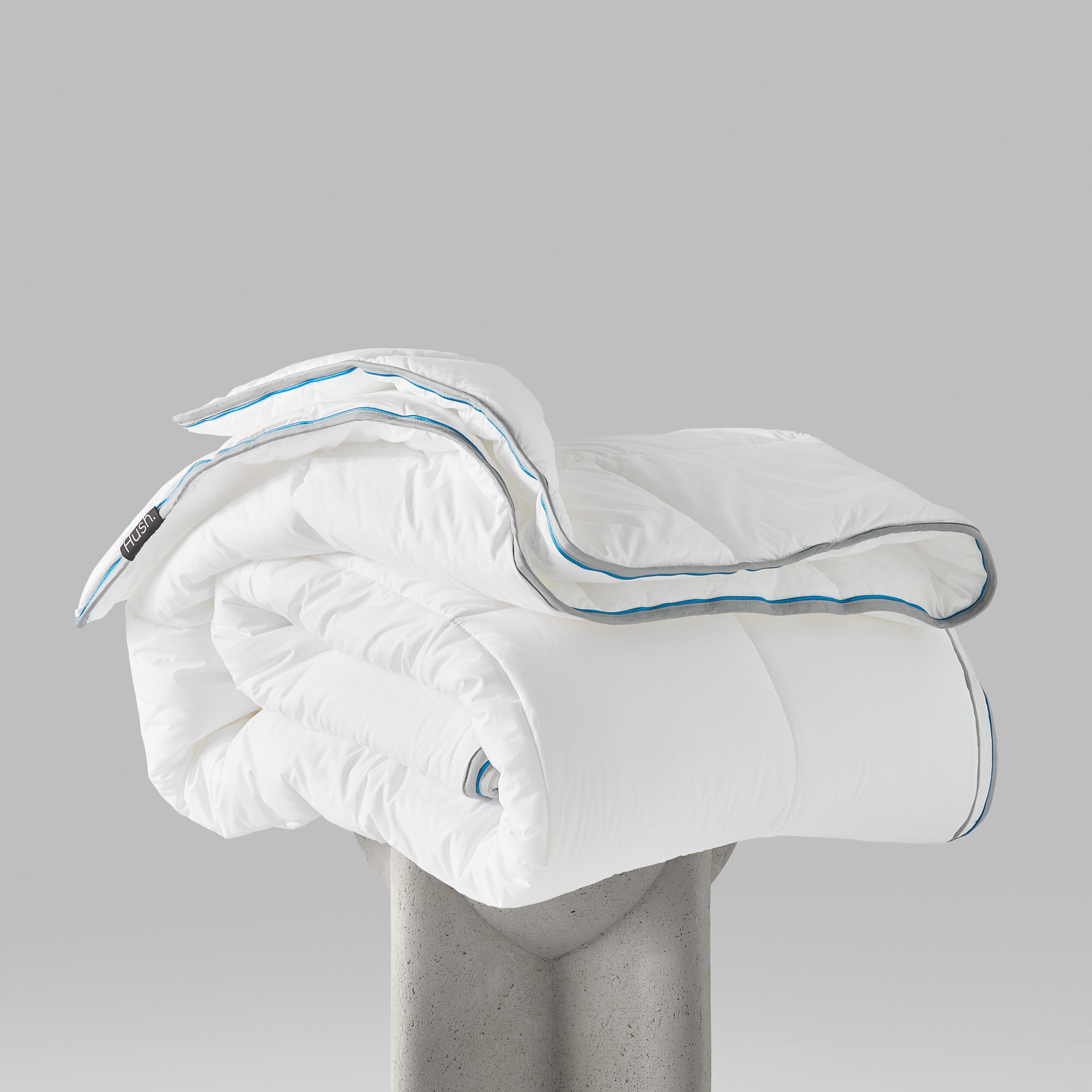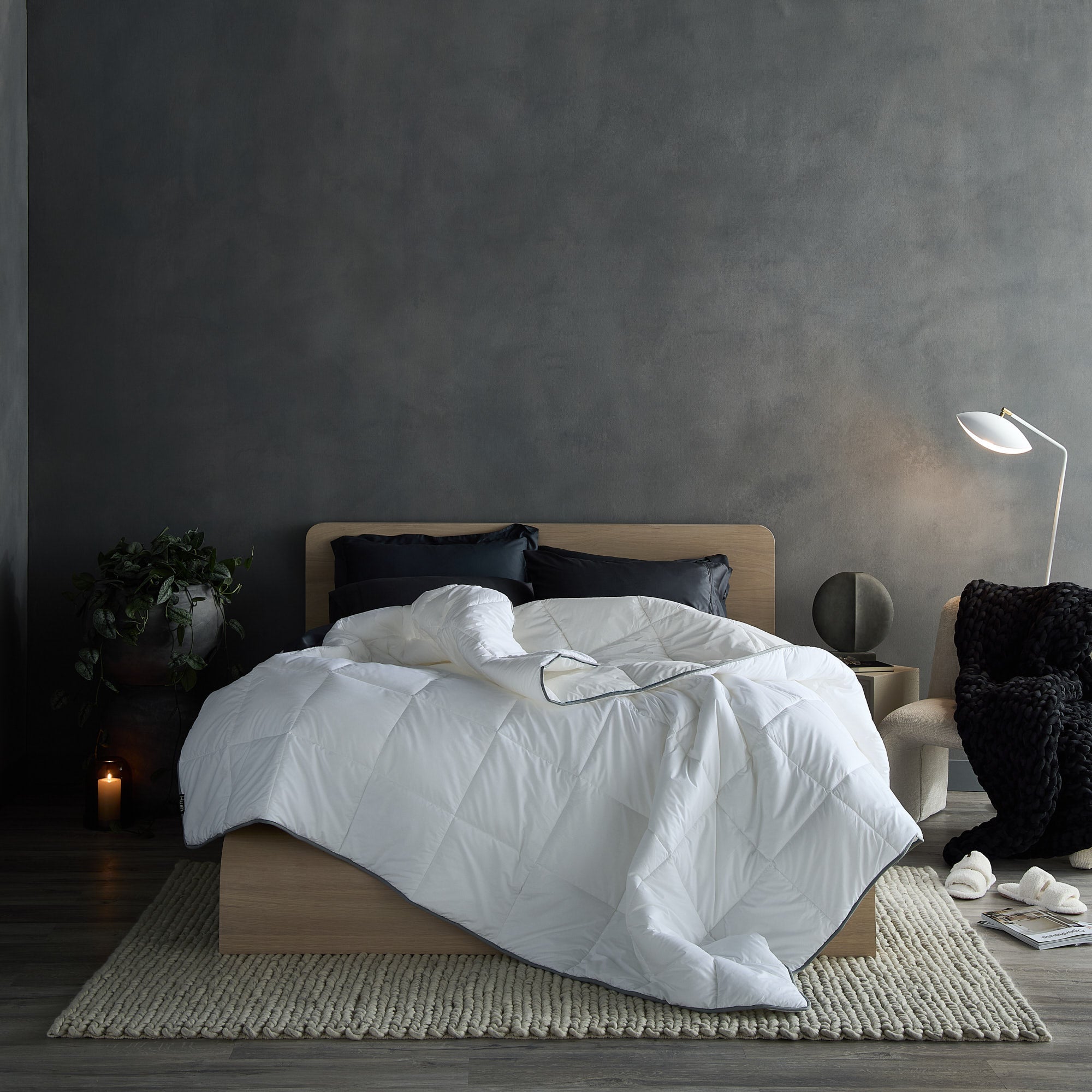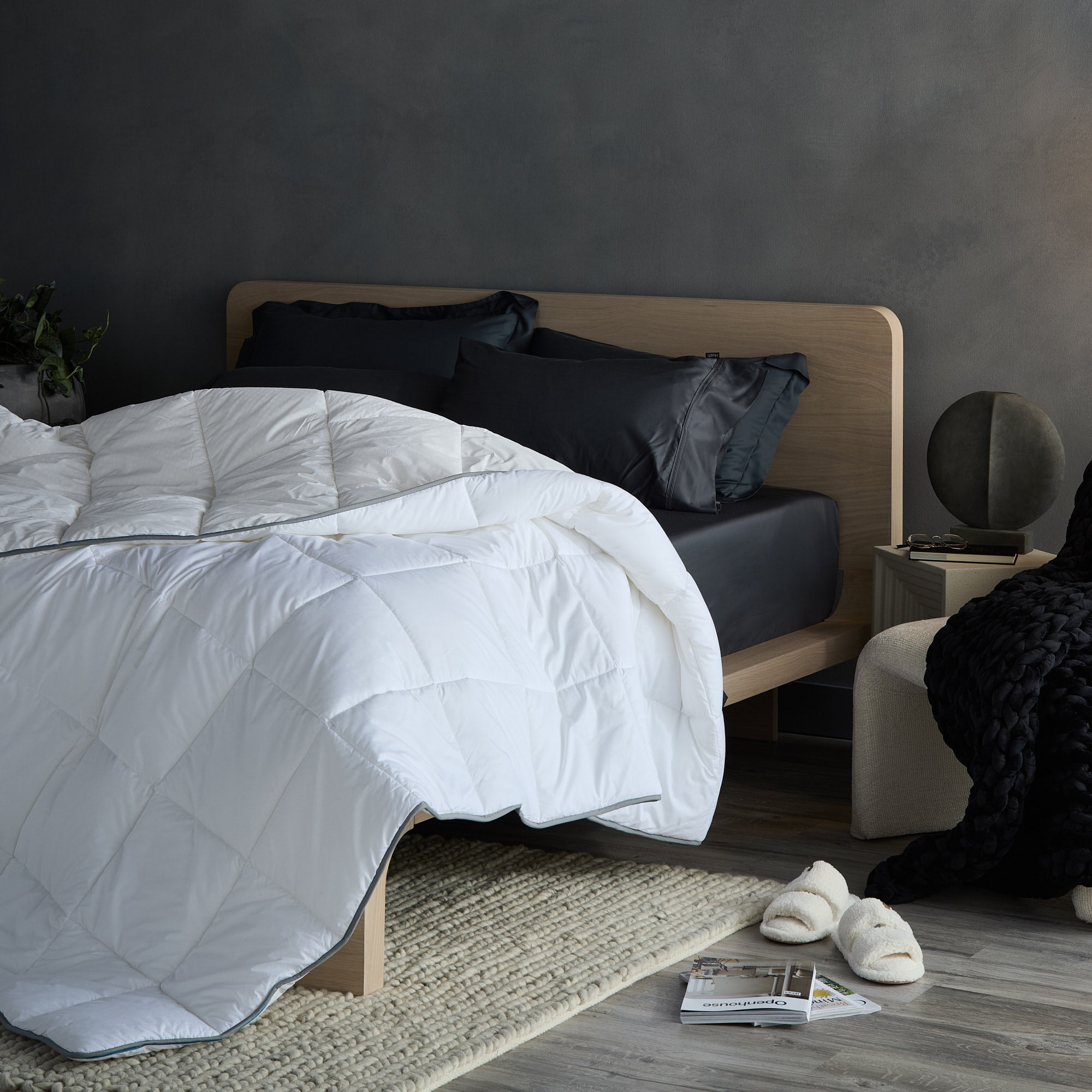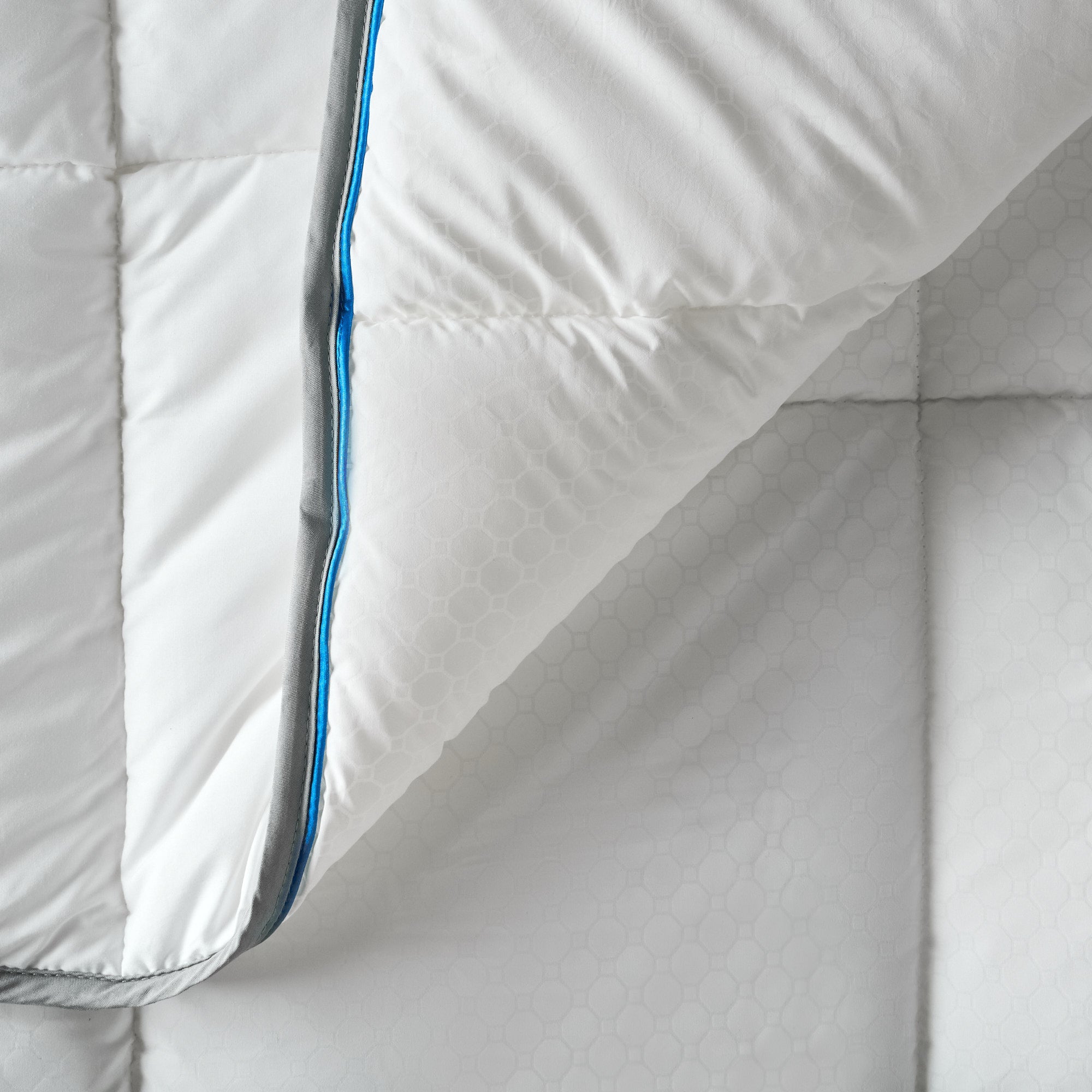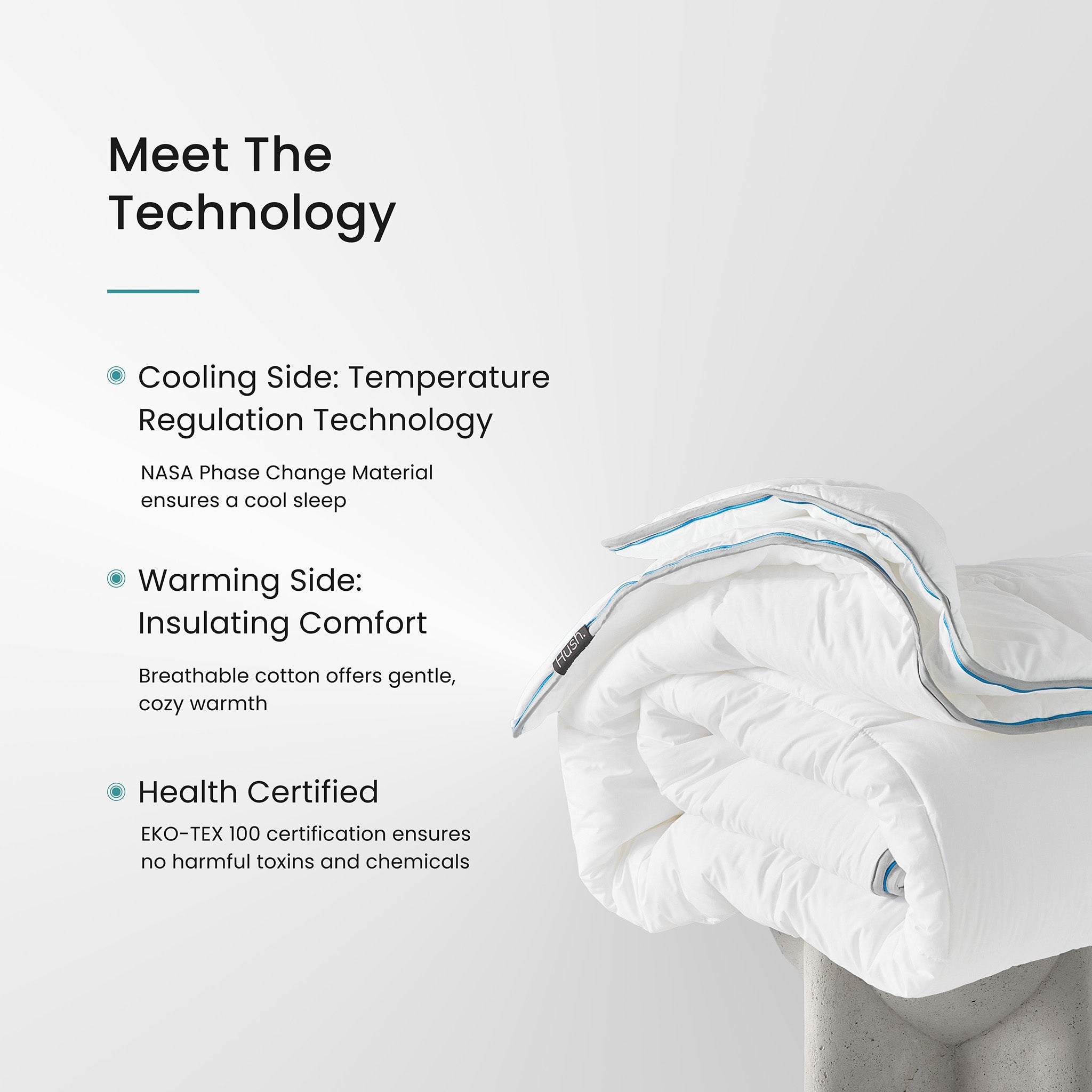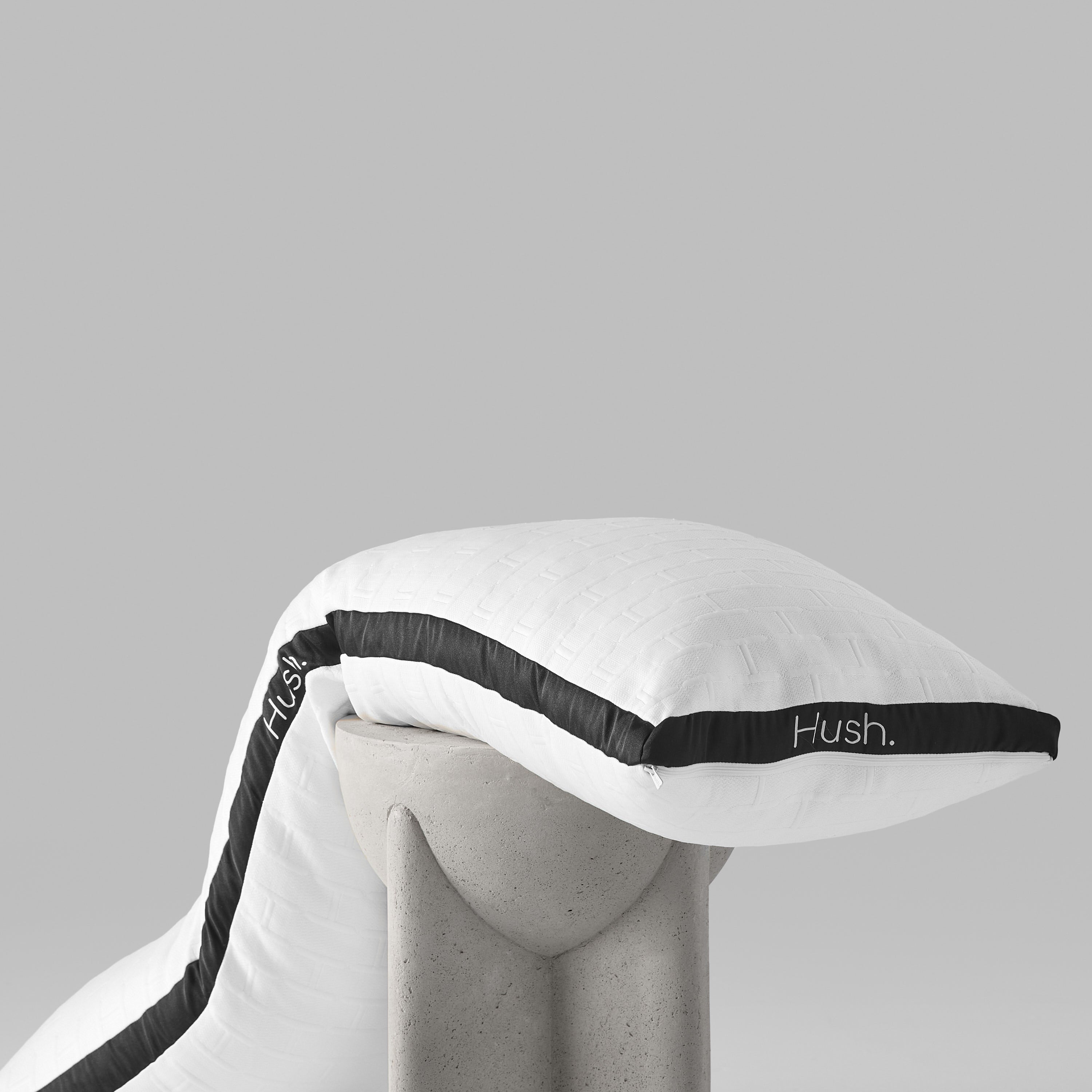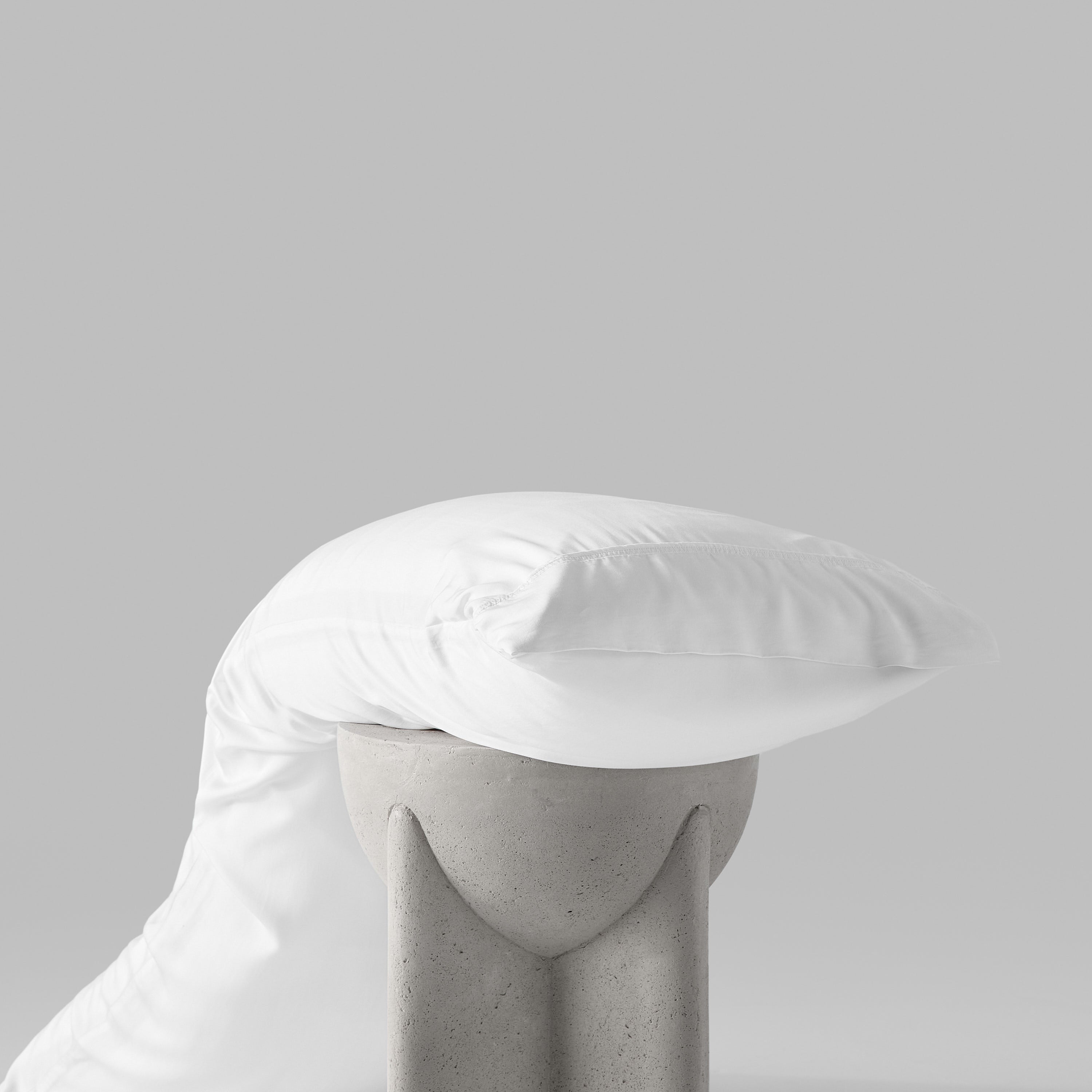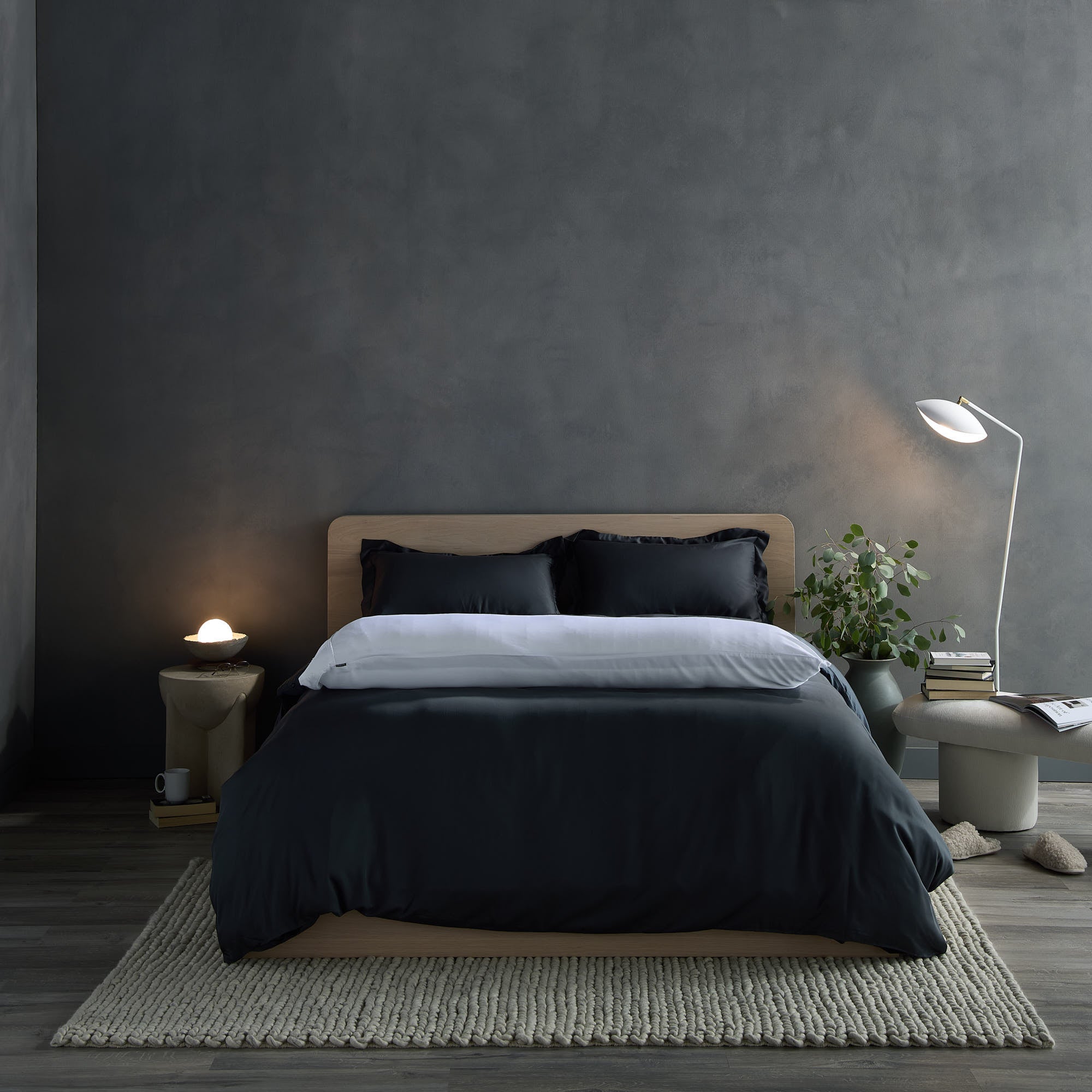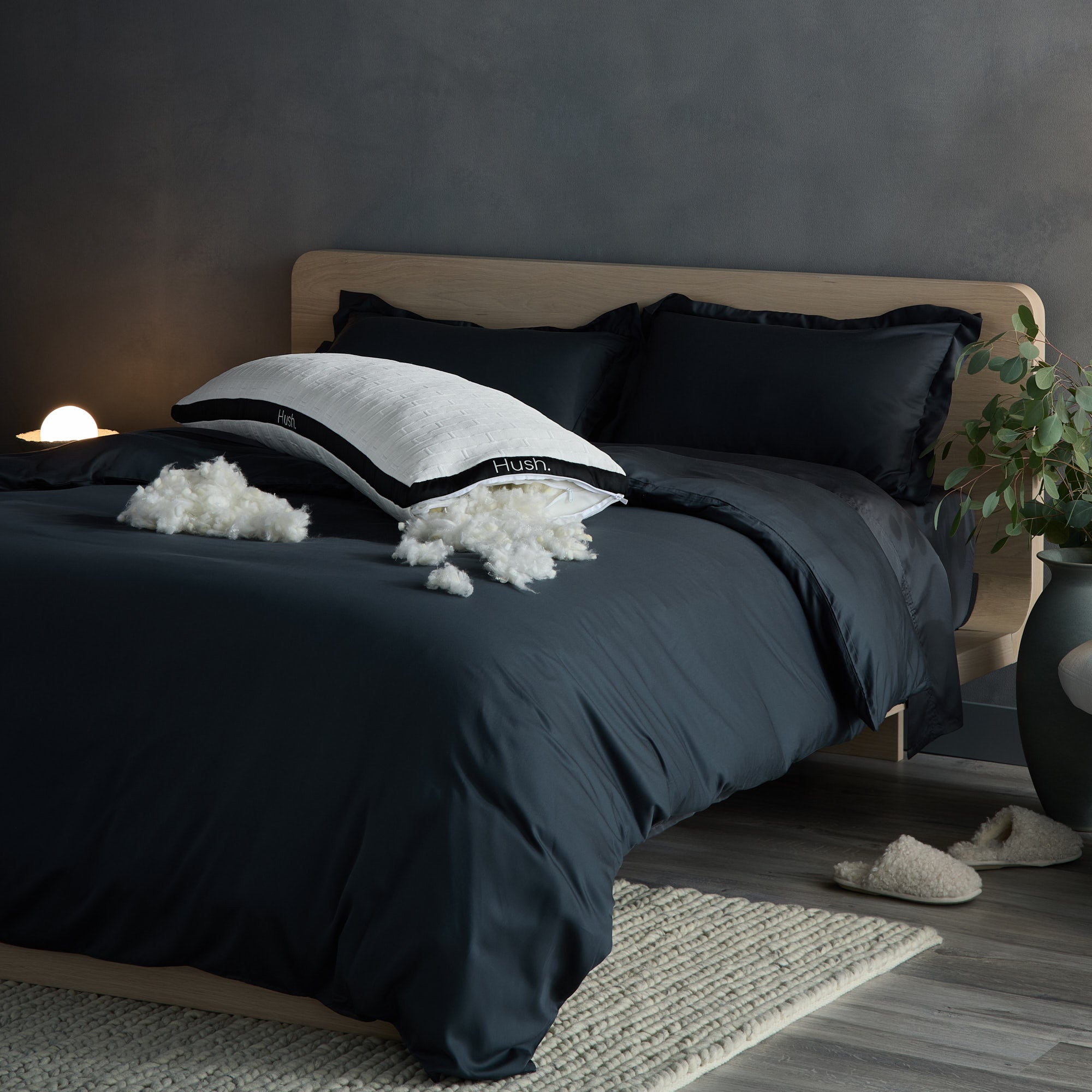For those with sensory processing disorder, navigating through everyday life can prove to be a huge challenge.
While routine noises, sounds and touch don’t seem to faze anyone else around you, these may be exceedingly disruptive or painful for you, so much to the point that they make it hard for you to go about your day-to-day activities.

Thankfully, there are various self-soothing tools that those with sensory processing disorder may use to cope with their symptoms, including weighted blankets.
In this blog post, we walk you through all you need to know about sensory processing disorder, and discuss the benefits of a weighted blanket for sensory issues.
What Is Sensory Processing Disorder?
Simply put, Sensory Processing Disorder (SPD) is a condition in which an individual’s brain has trouble receiving and responding to information that comes in via their senses.
This is a neurophysiological condition wherein sensory input is poorly detected or interpreted, and it causes people to respond atypically to situations.
For instance, say Person A (who doesn’t have SPD) and Person B (who has SPD) are walking in their neighbourhood, when they hear a loud ambulance siren.
Now, to Person A, the siren might be off-putting, but that’s about it.
For Person B, however, the siren might be overwhelming or painful, and it may even induce their body to respond physically (by vomiting or breaking out into a sweat).

Here are some other examples of common, everyday scenarios that may be unbearable for those with SPD:
- The feeling of clothing against skin
- The feeling of a metal zipper against skin
- The sound produced by writing on a chalkboard
- The sound produced by a leaf blower or lawn mower
A helpful analogy, introduced by psychologist and neuroscientist Dr. A. Jean Ayres, is that SPD is akin to a neurological “traffic jam.”
Basically, when those with SPD take in information through their senses, this information gets jumbled and disorganized.
This leads to motor clumsiness and behavioral problems, which often snowballs into larger issues including anxiety and depression.
Sensory Processing Disorder vs Autism
SPD has been associated with autism for as long as anyone can remember, but it’s debatable as to whether SPD falls under the autism spectrum, or whether it’s a different disorder altogether.
Now, SPD is not recognized by the Diagnostic and Statistical Manual of the American Psychiatric Association, and the American Academy of Pediatrics recommends that medical professionals do not use SPD as a diagnosis.

That said, according to a study by UC San Francisco, SPD has a biological basis that separates it from many other neurological disorders.
More specifically, researchers found that children affected with SPD have quantifiable differences in brain structure, which means that SPD has a “known biological underpinning” that sets it apart from other neurodevelopmental disorders.
On top of that, we now know that children can have SPD and not autism, or autism but not SPD. Again, this suggests that the two are not as interlinked as we may have previously thought.
Are people with SPD hyper or hyposensitive?
While people generally assume that individuals with SPD are hypersensitive, the opposite may be true as well.
For some folks, SPD takes the form of hyposensitivity, which basically means that they don’t perceive sensory input as intensely as other people.

If you’re experience hyposensitivity, you’ll find yourself responding less to situations that people tend to have a knee-jerk reaction to.
For instance, when you touch a hot kettle accidentally, you probably wouldn’t yank your hand away instinctively.
If you accidentally walk into a coffee table and stub your toe, it might not hurt that much, and you might barely register the sensation.
At first glance, this might not seem like a huge issue. After all, you’re experiencing less pain and discomfort than other folks... how is that a bad thing?
Consider this, though: yanking your hand away from a hot kettle is your body’s way of protecting you from something that’s harmful.
If your brain doesn’t register the pain, this might lead to you prolonging your exposure to the harmful activity or element, which will be disadvantageous for you.
On top of that, those with hyposensitivity also tend to crave extra sensory input like frequent hugs or loud noises.
If your desire for more sensory input can be easily satisfied by, say, listening to music on a slightly louder setting, that’s fine — no harm done.
But if you’re only satisfied when you crank your speakers all the way up, and this makes it difficult for you to live with a roommate or a significant other, then this obviously presents a problem.
The bottom line? Both hypersensitivity and hyposensitivity are difficult to live with, and it’s important to learn how to self-soothe, so that you can cope with SPD more effectively.
Symptoms of SPD
Generally speaking, most people with SPD tend to exhibit symptoms since young.
If a baby is extremely fussy, cries at the drop of a hat, and is adverse to different sensations, then there’s a possibility that they have SPD.

As this baby grows into a toddler and child, they might start becoming anxious and finicky. It’s common for children with SPD to be uncoordinated, frequently bump into things, and have poor hand-eye coordination.
Depending on whether the child is experiencing hyper or hyposensitivity, they may also exhibit different symptoms.
Those who are hypersensitive tend to:
- Recoil from touch
- Be unable to tolerate bright lights
- Refuse to wear clothing because it feels scratchy
- Refuse to go on swings and other playground equipment
- Accidentally slam objects down or handle objects too roughly
Those who are hyposensitive tend to:
- Be more touchy-feely
- Not understand personal space
- Have a high pain tolerance
- Find it hard to sit still
- Love jumping and leaping around
- Love fast and intense movement (eg being thrown in the air, jumping on trampolines, going on roller coasters)
What causes SPD?
Unfortunately, scientists haven’t pinpointed the exact cause behind SPD.
That said, preliminary research shows that SPD is often inherited, and that prenatal and birth complications might play a part in causing SPD.
Regardless of the factors behind SPD, the important thing is to understand your (or your child’s condition), and learn how to control your environment so that you can minimize disruptions to your daily routine.
Using sensory integration therapy to cope with sensory issues
For most individuals with SPD, experts recommend sensory integration therapy, which basically involves exposing someone with SPD to sensory stimulation in a structured, repetitive way.
The hope is that over time, this person’s brain will adapt and allow them to process and react to sensations more effectively.

Now, there are a wide range of strategies utilized in sensory integration therapy, and these seek to help those with SPD reduce (or increase) their:
- Noise sensitivity
- Tactile sensitivity
- Taste sensitivity
- Sound sensitivity
Amongst other things.
For instance, say you’re dealing with tactile sensitivity issues, and you feel like having a panic attack whenever someone hugs you.
Here, you might want to start small, and start showing your affection to your friends and families by lightly touching their arm (and allowing them to do the same to you).
At the same time, don’t be afraid to set boundaries, and tell the people around you that you’re not comfortable with hugging.
How to use a weighted blanket for sensory issues
Another way of increasing your exposure to sensory stimulation in a controlled environment? Using a weighted blanket.
If this is the first time you’re hearing about weighted blankets, these are blankets that are filled - typically with glass beads - so that they exert a firm, comforting pressure on the user.

Weighted blankets come in various shapes and sizes, and people find that blankets that are 10% of their body weight tend to work the best. When you find the best weighted blanket for you, it basically feels like someone is enveloping you in a deep, firm bear hug.
Wondering what’s the science behind weighted blankets?
Well, these blankets exert Deep Touch Pressure (DTP), which:
- Activates your “feel good” hormones such as dopamine and serotonin, and
- Reduces your stress hormones, cortisol.
Simply put, these blankets are proven to have a calming effect, and be able to reduce stress and anxiety. They can also help you to fall asleep more quickly, and have a better night’s sleep.
Now, weighted blankets are used by plenty of people worldwide, including those suffering from ADHD, anxiety, restless leg syndrom, fibromyalgia, and more. They’re also effective for individuals with SPD and sensory issues.
Here’s an example: if you’re feeling overwhelmed by all the sensations that you’re experiencing, and you feel a meltdown coming on, simply get under your blanket, and it’ll calm you down.
What if you’re feeling distracted by the scratchiness of your sleepwear or the sound your air-conditioner makes, and you can’t fall asleep? The same thing goes -- burrow under your blanket, and it’ll help to reduce your stress levels, and lull you to sleep.
Does a weighted blanket really work for sensory issues?
Obviously, there’s no one-size-fits-all solution or magic bullet that can cure you or your child from SPD.
And, in the spirit of full disclosure: not ALL people with SPD will find weighted blankets helpful.
That said, many folks with SPD (and those with children who have SPD) have come forward to state that weighted blankets are an absolute godsend for them.

For example, in a blog post titled “Must Haves for Kids with Sensory Needs”, blogger Sharla Kostelyk shares that weighted blankets make her and her kids’ lives so much easier.
In Sharla’s own words: Two of our kids who like deep pressure have a very hard time sleeping without their weighted blankets. Those same two have an easier time attending during our homeschool lessons if they wear a weighted cape or neck curve. They also have weighted stuffed animals that seem to help calm them.
Anecdotal evidence aside, there’s also scientific proof that weighted vests help to calm down individuals, and could be a good tool in occupational therapy.
More specifically, The American Occupational Therapy Association conducted a study on weighted vests and DTP, and found that these help people to transition from “fight or flight” mode to a more peaceful state of rest.
Quick aside: weighted vests are essentially the same product as weighted blankets, but in a different format. Weighted blankets are generally used at home, when you're at rest or sleeping; on the other hand, you can put on a weighted vest and go outdoors to run errands, or to tackle your other to-dos.
SPD weighted blanket: Want to try a weighted blanket for sensory issues?
If you have SPD, the only way to figure out if a weighted blanket will be beneficial for you is to try it out for yourself.
Want to experience a weighted blanket? Here at Hush Blankets, all your blankets come with an awesome 100 Nights Guarantee.

Here’s what this means: you can test-drive your blanket for 100 nights, with zero risk.
If you find that the blanket doesn’t work for you, and it doesn’t reduce your SPD symptoms, then simply return it to us. We’ll process a full refund for you, inclusive of shipping fees.
For many folks with SPD, using a weighted blanket is an exceptionally effective way to kickstart their sensory integration therapy. We’ve got our fingers crossed that this is also the case for you!
